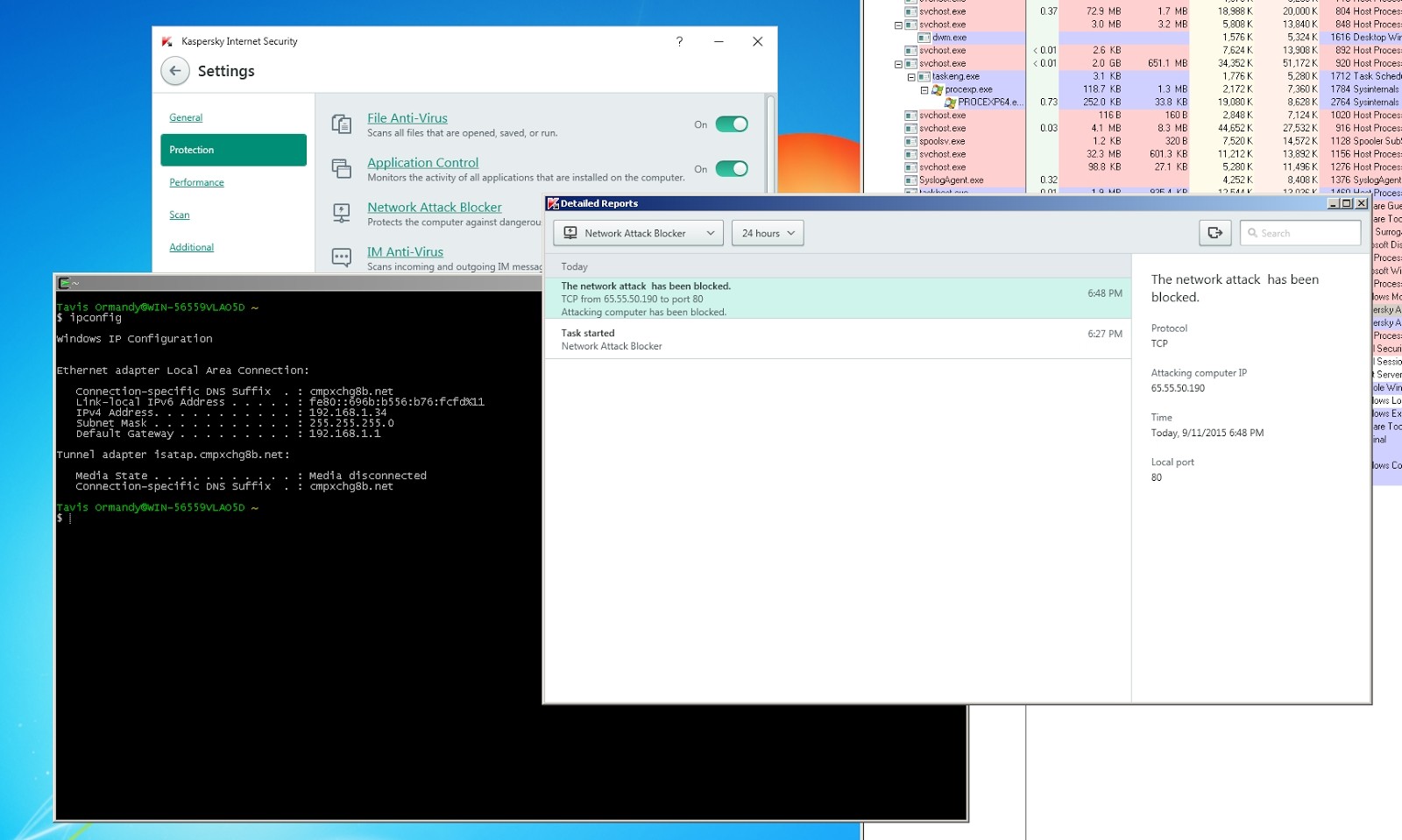


In this blog post we will focus on the following key findings that came up in our investigation: We observed this rootkit and other tools by the threat actor behind it being used as part of a campaign we dubbed ‘TunnelSnake’, conducted against several prominent organizations in Asia and Africa. One such example came to our attention during an investigation last year, in which we uncovered a formerly unknown Windows rootkit and its underlying cluster of activity. Even then, other mechanisms such as Kernel Patch Protection (also known as PatchGuard) make it hard to tamper with the system, with every change in a core system structure potentially invoking the infamous Blue Screen of Death.Ĭonsequently, the number of Windows rootkits in the wild has decreased dramatically, with the bulk of those still active often being leveraged in high profile APT attacks. With Microsoft’s introduction of Driver Signature Enforcement, it has become harder (though not impossible) to load and run new code in kernel space. Having said that, the successful deployment and execution of a rootkit component in Windows has become a difficult task over the years. The capability to blend into the fabric of the operating system itself, much like security products do, is the quality that earns rootkits their notoriety for stealth and evasion. Usually deployed as drivers, such implants have high privileges in the system, allowing them to intercept and potentially tamper with core I/O operations conducted by the underlying OS, like reading or writing to files or processing incoming and outgoing network packets. Windows rootkits, especially those operating in kernel space, are pieces of malware infamous for their near absolute power in the operating system.

KasperskyPhysical, Virtual & Cloud Workloads Security.KasperskyEndpoint Security for Business Advanced.KasperskyEndpoint Security for Business Select.Kaspersky Internet Security for Android.


 0 kommentar(er)
0 kommentar(er)
